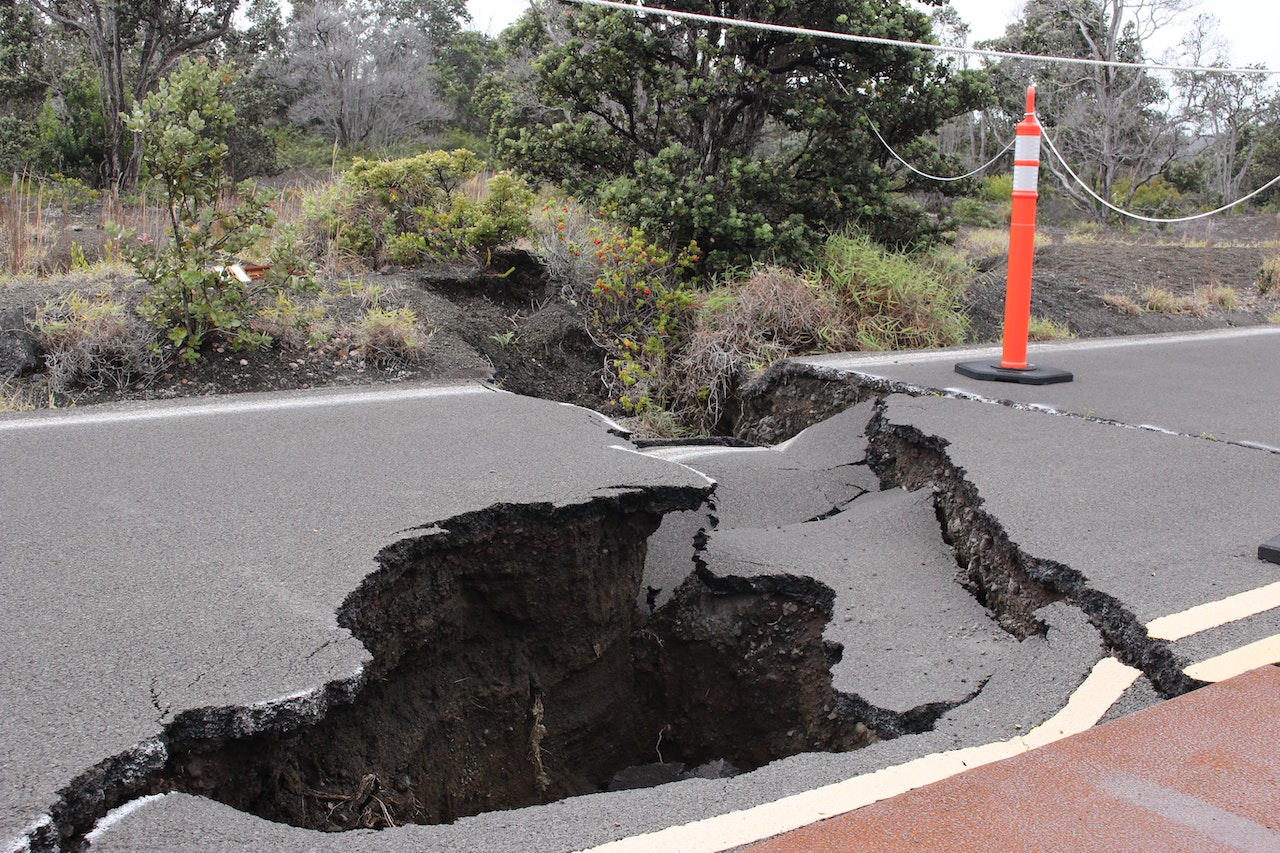On February 6, a 7.8 magnitude earthquake shocked near Gaziantep. Later, another separate 7.7 magnitude earthquake also shook southeastern Türkiye. The earthquakes and the aftershocks were felt not only in Türkiye but also in neighboring Syria. Lebanon and Egypt also experienced it.
But Türkiye and Syria were the most devastated. As of writing, the death toll has passed 33,000 and is expected to rise as rescue operations are still ongoing. Footages from mass media and social media showed the destruction caused by the earthquake in the countries.
In Türkiye, some contractors have been arrested after the quakes collapsed some of their buildings. According to Vice President Fuat Oktay, they have identified 113 suspects and detention orders were issued for these individuals.
Most part of the affected areas in Syria, on the other hand, has not received any help.
At the #Türkiye–#Syria border today.
We have so far failed the people in north-west Syria.
They rightly feel abandoned. Looking for international help that hasn’t arrived.
My duty and our obligation is to correct this failure as fast as we can.
That’s my focus now.— Martin Griffiths (@UNReliefChief) February 12, 2023
Syrian ‘White Helmets’ head claimed that UN failed to deliver humanitarian aid to the opposition-held areas. Not to mention that more than the fault lines in Syria, politics also runs deep. Some areas that were affected by the quakes were controlled by Assad Regime, Türkiye-backed and US-backed opposition, Kurdish rebels, and Sunni fighters. This creates an issue in the logistics of help that can arrive to a certain area, as well.
The quakes did mass destruction in the Türkiye-Syrian borders. And more efforts are needed to rebuild the lives of those who survived.
Here are some ways we can do to help:
- Donate:
- Make a dua for those who have passed away and those who survived.
- Share the right information to others who can also donate and make dua.




